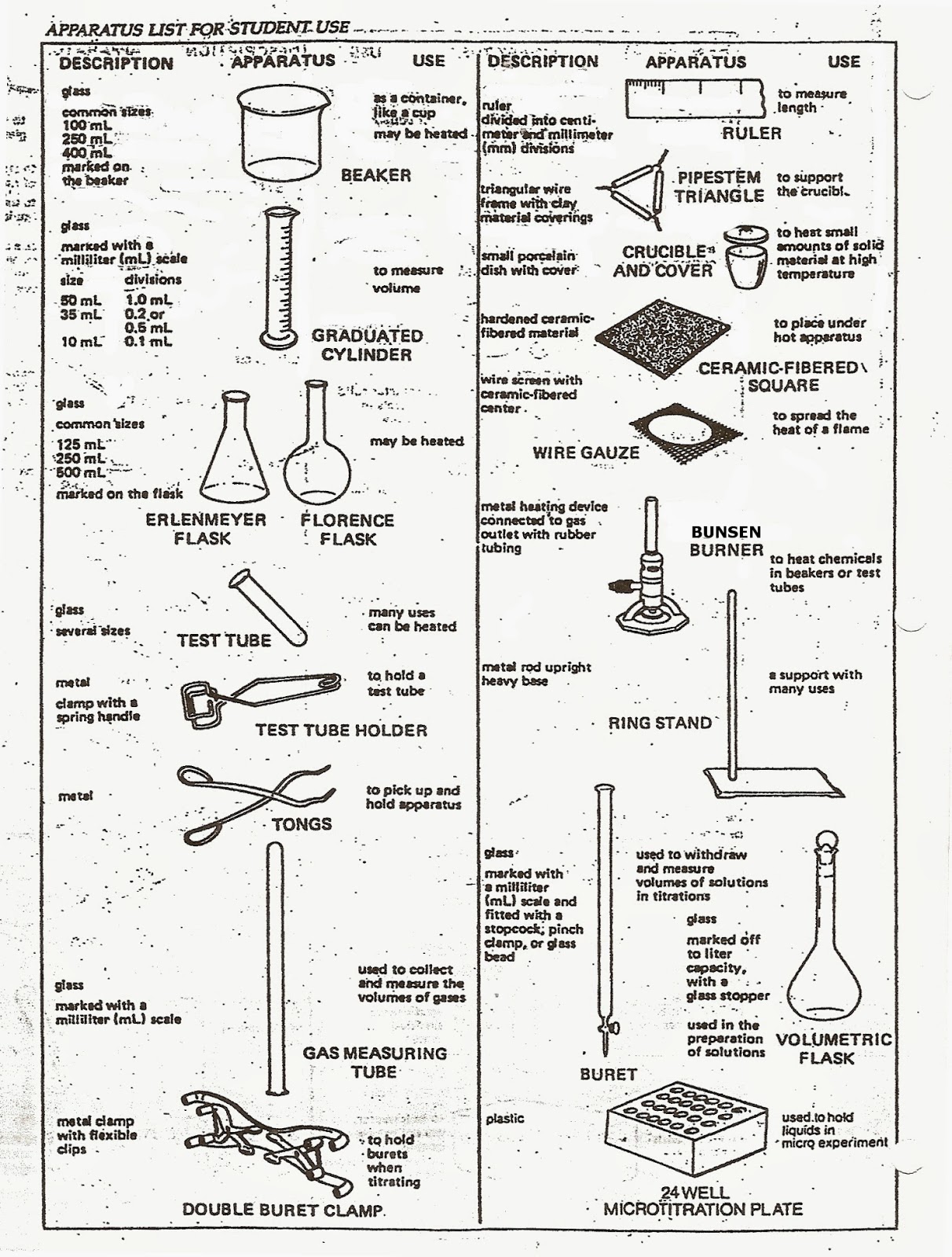Chemistry Equipment Names: A Comprehensive Guide
Chemistry equipment names play a crucial role in the world of science, particularly in the lab environment where precision and accuracy are paramount. Understanding the various types of equipment and their functions can significantly enhance one's knowledge and efficiency in performing experiments. In this article, we will explore the names of essential chemistry equipment, their uses, and why they are important in the field of chemistry.
The field of chemistry is vast, encompassing everything from basic laboratory techniques to complex industrial processes. As such, each piece of equipment serves a specific purpose, whether it's measuring, mixing, heating, or analyzing substances. Familiarity with these tools not only aids in conducting experiments but also ensures safety and compliance with laboratory protocols.
In this detailed guide, we will break down various categories of chemistry equipment, provide insights into their usage, and share tips for choosing the right tools for your experiments. Whether you are a student, educator, or a professional chemist, this guide will serve as a valuable resource for understanding the essential chemistry equipment names.
Table of Contents
- Basic Chemistry Equipment
- Measuring Tools in Chemistry
- Heating Equipment
- Mixing Tools
- Glassware in Chemistry
- Storage Equipment
- Safety Equipment
- Advanced Chemistry Equipment
Basic Chemistry Equipment
Basic chemistry equipment forms the foundation of any laboratory setup. These tools are essential for performing a wide range of experiments. Here are some of the most common pieces of basic chemistry equipment:
- Beakers: Used for mixing, heating, and holding liquids.
- Flasks: Used for containing and mixing chemical reactions; includes Erlenmeyer and volumetric flasks.
- Pipettes: Used for measuring and transferring small volumes of liquid.
- Burettes: Used for dispensing precise volumes of liquid, often in titrations.
Measuring Tools in Chemistry
Accurate measurements are vital in chemistry, and several tools are designed specifically for this purpose. Here are some important measuring tools:
Common Measuring Tools
- Graduated Cylinders: Tall, narrow containers used to measure the volume of liquids accurately.
- Thermometers: Used to measure temperature in experiments.
- Scales and Balances: Used for measuring mass; electronic balances provide high precision.
Importance of Precision
Using the correct measuring tools is crucial as even small inaccuracies can lead to significant errors in experiments. Always calibrate your equipment before use to ensure reliable results.
Heating Equipment
Heating is a common procedure in chemistry, and various tools are designed for this purpose. Here are some key heating equipment names:
- Bunsen Burner: A common laboratory tool used for heating substances with an open flame.
- Hot Plates: Used for heating substances without an open flame, providing a safer alternative.
- Ovens: Used for drying and heating materials at controlled temperatures.
Mixing Tools
Mixing different chemical substances is often required in experiments. Here are some essential mixing tools:
- Stirring Rods: Glass rods used to stir and mix solutions.
- Magnetic Stirrers: Utilize a magnetic field to create stirring motion in liquids.
- Vortex Mixers: Used for rapidly mixing small samples in test tubes or microcentrifuge tubes.
Glassware in Chemistry
Glassware is an integral part of any chemistry lab, as it is resistant to chemical reactions and can withstand high temperatures. Important glassware includes:
- Test Tubes: Used for holding, mixing, or heating small amounts of substances.
- Volumetric Flasks: Used for preparing solutions at precise volumes.
- Watch Glass: Used as a surface for evaporating liquids and holding solids.
Storage Equipment
Proper storage of chemicals and equipment is essential for safety and efficiency. Here are some common storage solutions:
- Reagents Bottles: Used for storing chemical reagents.
- Safety Cabinets: Designed for storing hazardous materials safely.
- Desiccators: Used for storing moisture-sensitive substances.
Safety Equipment
Safety is paramount in any chemistry lab. Here are some important safety equipment names:
- Safety Goggles: Protects eyes from chemical splashes.
- Lab Coats: Protects skin and clothing from spills.
- Fume Hoods: Ventilated enclosures that remove hazardous fumes from the workspace.
Advanced Chemistry Equipment
As you progress in the field of chemistry, you may encounter more advanced equipment. Here are some examples:
- Chromatography Equipment: Used for separating mixtures into their components.
- Spectrophotometers: Instruments used to measure the amount of light absorbed by a sample.
- NMR Spectrometers: Used to determine the structure of organic compounds.
Conclusion
In summary, understanding chemistry equipment names is essential for anyone involved in scientific research or education. From basic beakers and flasks to advanced spectrophotometers, each piece of equipment serves a unique purpose and contributes to the accuracy and safety of laboratory work. We encourage you to explore more about each tool and its applications in your experiments.
If you found this article helpful, please leave a comment, share it with your colleagues, or check out our other articles for more insights into the fascinating world of chemistry.
Penutup
Thank you for reading! We hope this comprehensive guide on chemistry equipment names has enhanced your understanding and appreciation of the tools used in this dynamic field. We invite you to return for more articles and updates on chemistry and other scientific topics!
Charli D'Amelio: The Rise Of A Social Media Sensation
Who Is J.B. Mauney's Daughter?
Debra Clinger: A Journey Through Music And Life


